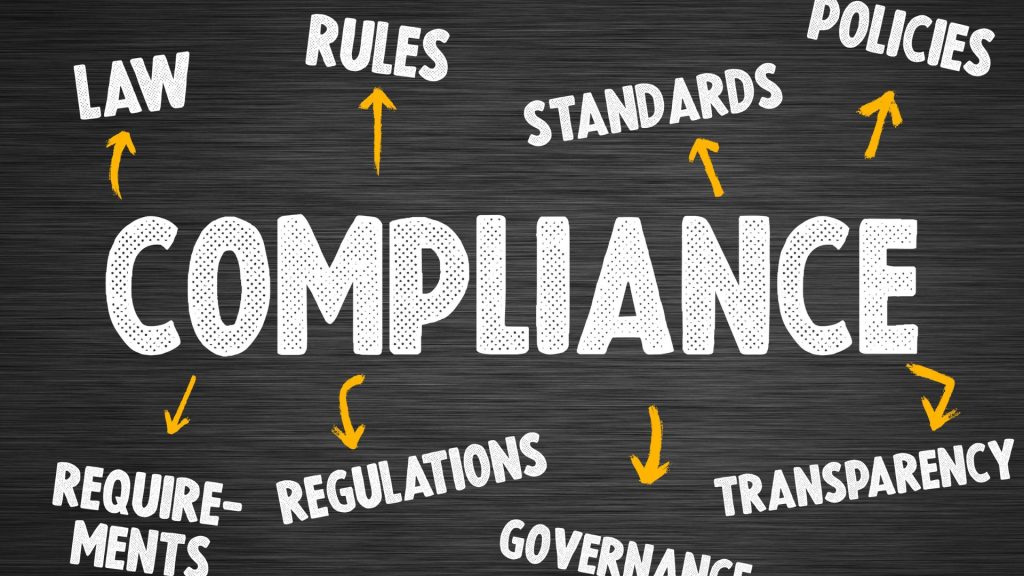
Abstract:
Good governance and comprehensive quality are fundamental pillars for achieving sustainable development and organizational success. In this context, compliance emerges as a crucial element that significantly impacts the effectiveness of governance and quality systems. This article aims to explore the nature of forming a compliance component in governance and analyze its impact on the governance and quality system in general.
Introduction:
Effective governance and comprehensive quality are cornerstones of sustainable development and organizational success. Within this framework, compliance stands out as a critical factor that profoundly influences the efficacy of governance and quality management systems. This article seeks to examine the nature of establishing a compliance function within governance structures and to analyze its impact on the overall governance and quality landscape.
The Concept of Compliance in Governance:
Compliance in governance refers to an organization’s and its employees’ commitment to laws, regulations, and ethical standards relevant to its operations. This includes adherence to local and international laws, internal organizational policies, and codes of professional conduct. Compliance is an integral part of good governance, contributing to enhanced transparency, accountability, and integrity across all facets of an organization’s operations.
Formation of the Compliance Component in Governance:
The compliance component in governance consists of several key elements, including:
- Organizational Structure: Establishing a specialized compliance unit or department and defining clear responsibilities for relevant personnel.
- Policies and Procedures: Developing written policies and procedures that outline how to address potential risks and ensure compliance with laws and regulations.
- Training and Awareness: Providing regular training programs for employees to increase their awareness of the importance of compliance and equip them with the skills necessary to identify and report potential risks.
- Monitoring and Evaluation: Conducting periodic monitoring and evaluation to ensure the effectiveness of the compliance system and identify areas for improvement.
- Reporting and Investigation: Establishing mechanisms for reporting potential violations and conducting thorough investigations into reported cases.
Impact of Compliance on the Governance and Quality System:
Compliance plays a vital role in enhancing the governance and quality system by:
- Enhancing Transparency and Accountability: Compliance contributes to increased transparency in organizational operations and enhances accountability for decisions and actions taken.
- Improving Risk Management: Compliance helps identify, assess, and mitigate potential risks, reducing their impact on the organization.
- Boosting Trust and Credibility: Compliance enhances stakeholders’ trust in the organization and its credibility, leading to improved reputation and increased investment potential.
- Improving Financial Performance: Compliance contributes to improved financial performance by reducing losses resulting from violations, fines, and penalties.
- Fostering a Culture of Quality: Compliance encourages the adoption of a culture of quality within the organization, focusing on continuous improvement, innovation, and excellence in all aspects of work.
Conclusion:
In conclusion, compliance is an essential part of the governance and quality system, contributing to enhanced transparency, accountability, risk management, improved financial performance, and the promotion of a culture of quality. Organizations must pay special attention to the formation and continuous development of the compliance component in governance to ensure the achievement of their strategic goals and maintain their reputation and credibility.
Recommendations:
- Organizations should establish a specialized compliance unit or department and define clear responsibilities for relevant personnel.
- Organizations should develop written policies and procedures that outline how to address potential risks and ensure compliance with laws and regulations.
- Organizations should provide regular training programs for employees to increase their awareness of the importance of compliance and equip them with the skills necessary to identify and report potential risks.
- Organizations should conduct periodic monitoring and evaluation to ensure the effectiveness of the compliance system and identify areas for improvement.
- Organizations should establish mechanisms for reporting potential violations and conducting thorough investigations into reported cases.

